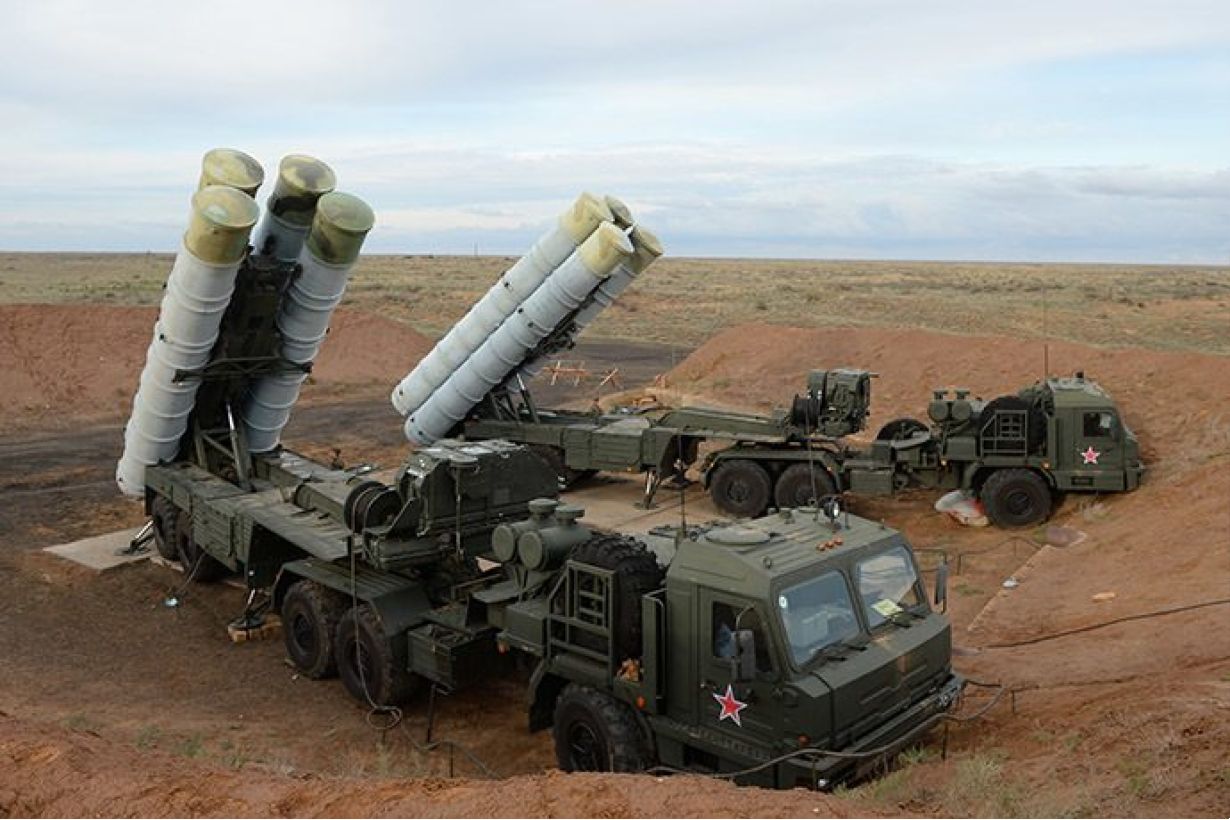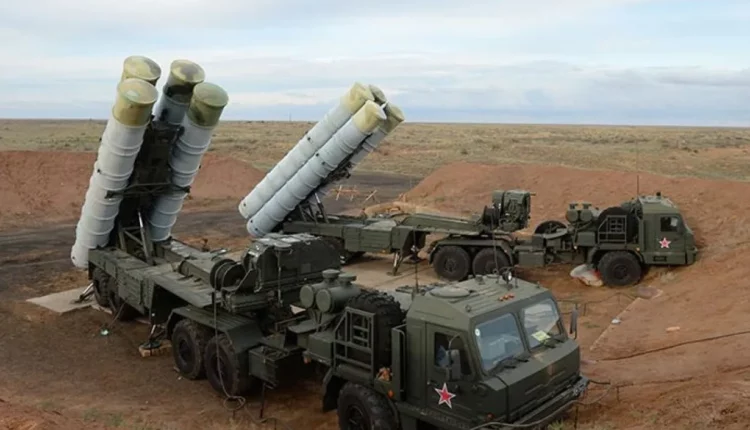©2021 Reporters Post24. All Rights Reserved.
Deputy Defense Minister Alexei Krivoruchko made this announcement on January 26. The Minister mentioned that the main priority for military-technical support to the Russian Armed Forces this year is the completion of the deployment of the Sarmat strategic missile system within the Strategic Missile Forces. Russia’s RS-28 Sarmat, also known as Satan 2, is part of a series of advanced missiles introduced by Putin in 2018, alongside the Kinzhal and Avangard hypersonic missiles.
Sarmat, weighing over 200 tons and possessing the ability to transport multiple warheads, is designed to circumvent anti-missile defense systems by executing a brief initial boost phase.
This approach aims to reduce the timeframe available for enemy surveillance systems to identify and monitor the missile.
Separately, it was disclosed on the same day that the silos for the active duty of Sarmat intercontinental ballistic missiles (ICBM), alongside Yars ICBMs and Avangard, are now prepared.

Russian Deputy Defense Minister stated, “In the framework of infrastructure provision of the group of forces and nuclear deterrence means, all events were fulfilled on time. Infrastructure was prepared for combat duty in silos of Yars, Avangard, and Sarmat strategic missile complexes in Kaluga, Orenburg and Krasnoyarsk regions.”
Additionally, Ivanov noted that the construction of the second stage of the unified technical space rocket complex at the Plesetsk spaceport has been completed. This facility is designed for storing, maintaining, and preparing Angara rockets for launch.
Alongside the Sarmat intercontinental ballistic missile, the minister highlighted that the arrival of Tu-160M missile carriers and the deployment of the S-500 anti-aircraft missile system in the Aerospace Forces are the principal objectives for 2024.

“In 2024, the main tasks in the course of military-technical support of troops (forces) are … completion of work on putting the Sarmat strategic missile system on combat duty in the Strategic Missile Forces, the arrival of Tu-160M strategic missile carriers and the S-500 anti-aircraft missile system in the Aerospace Forces, the Knyaz Pozharsky nuclear submarine cruiser, submarines and surface ships in the Navy,” Krivoruchko said.
The S-500 is believed to be the most advanced in the world, capable of destroying volleys of hypersonic missiles. Russian experts claim that the S-500 could even target satellites in low-earth orbit and fifth-generation stealth aircraft, in addition to its primary targets of cruise and ballistic missiles.
The Minister further underscored several pivotal goals for the ongoing year. These include the timely execution of schedules for supplying in-demand weapons and military equipment.
Furthermore, the objectives encompass increasing the production and share of missiles and ammunition, particularly emphasizing the development of hypersonic missile systems.
The agenda also features a commitment to improve the production of the entire spectrum of Unmanned Aerial Vehicles (UAVs) and prioritize advancements in electronic warfare systems, artillery systems, reconnaissance, and counter-battery warfare.
Russian Navy Acquires Nearly 8,000 Missiles in 2023
Deputy Defense Minister Alexey Krivoruchko also reported that the Russian Navy received more than 7,700 different missiles in 2023, including long-range sea-launched cruise missiles such as Zircon, Caliber, and Uran.
On the occasion of the single military hardware acceptance day, he stated, “More than 7,700 units of naval weapons have been supplied for the Navy, including long-range sea-based cruise missiles Caliber, Uran, and Zircon, as well as anti-ship and anti-submarine missiles.”
Krivoruchko further highlighted other additions to the Navy’s fleet in the past year, noting the delivery of three submarines – the nuclear submarine Imperator Alexandr III, the multi-purpose nuclear submarine Krasnoyarsk, and the submarine Mozhaisk.
Additionally, seven warships were also received, including the frigate Admiral Golovko, corvettes Mercury and Rezkiy, small missile ships Cyclone and Naro-Fominsk, sea minesweeper Lev Chernavin, and the repaired patrol ship Neustrashimy.
Furthermore, the industry supplied the Navy with 33 multi-purpose and raid boats, support vessels, and 11 naval aircraft and helicopters.

According to the Deputy Defense Minister, these aircraft include long-range anti-submarine aircraft, multi-role fighters, ship-based transport-combat, and anti-submarine helicopters.
Russia has also revealed specific information about the Tsirkon (or Zircon) hypersonic missiles in preparation for their official induction into active service.
Tsirkon is characterized by its capability to reach speeds close to Mach 9, with a range exceeding one thousand kilometers. This hypersonic missile is designed to eliminate both sea and ground targets and can be launched from warships and submarines equipped to engage Kalibr missiles.
The CEO and Chief Designer of NPO Mashinostroyeniya, Alexander Leonov, stated that Tsirkon hypersonic missiles must undergo test operations before being officially accepted into service.
He added that, as of now, there hasn’t been an order from the defense minister to integrate them into active duty. Leonov explained that the acceptance process is time-consuming and necessitates a specific duration of missile operation.
The Admiral Gorshkov frigate has successfully test-fired the Tsirkon missiles and is now equipped with them, Leonov confirmed.


